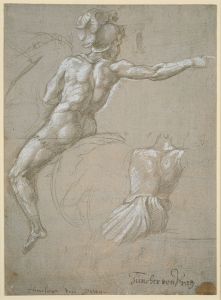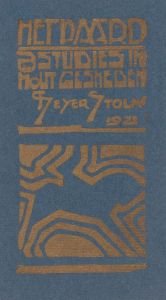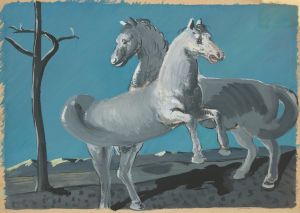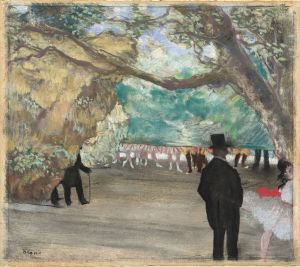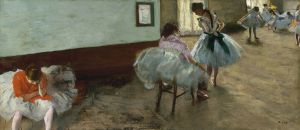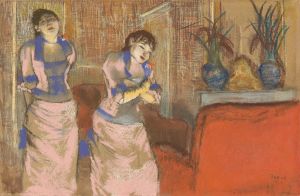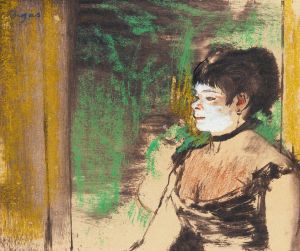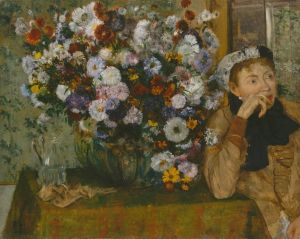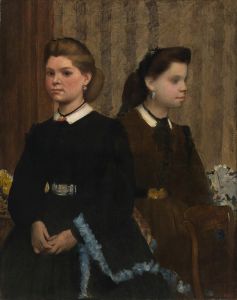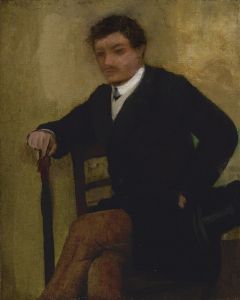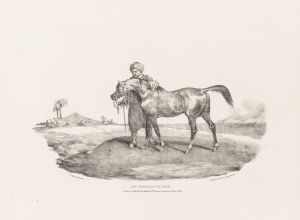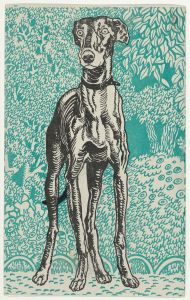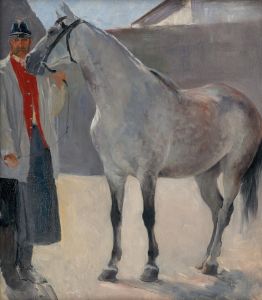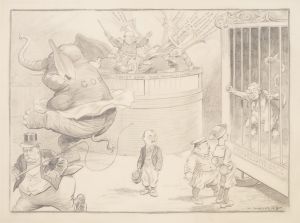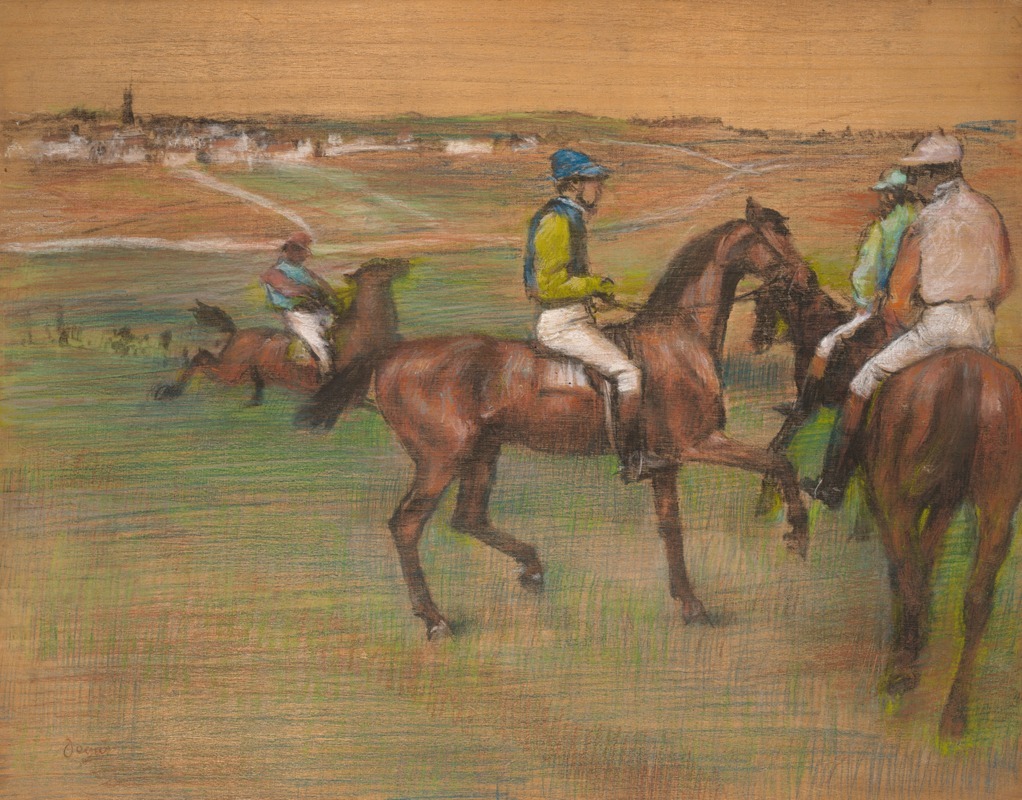
Race Horses
A hand-painted replica of Edgar Degas’s masterpiece Race Horses, meticulously crafted by professional artists to capture the true essence of the original. Each piece is created with museum-quality canvas and rare mineral pigments, carefully painted by experienced artists with delicate brushstrokes and rich, layered colors to perfectly recreate the texture of the original artwork. Unlike machine-printed reproductions, this hand-painted version brings the painting to life, infused with the artist’s emotions and skill in every stroke. Whether for personal collection or home decoration, it instantly elevates the artistic atmosphere of any space.
Edgar Degas, a prominent French artist associated with the Impressionist movement, is renowned for his depictions of dancers, racehorses, and everyday life in Paris. One of his notable works in the realm of equestrian art is "Race Horses," a painting that captures the dynamic energy and elegance of horse racing, a popular pastime in 19th-century France.
Degas had a lifelong fascination with movement, and horse racing provided an ideal subject for exploring this interest. "Race Horses" exemplifies his ability to capture the fleeting moments of motion and the tension of anticipation. The painting is characterized by its vivid depiction of horses and jockeys, poised at the starting line or in mid-gallop, showcasing Degas's keen observation skills and his innovative approach to composition.
In "Race Horses," Degas employs a combination of techniques that reflect his Impressionist roots while also showcasing his unique style. The use of light and shadow, along with a carefully considered color palette, brings a sense of immediacy and vibrancy to the scene. Degas often used pastels and oils to achieve a rich texture and depth, allowing him to convey the musculature of the horses and the varied expressions of the jockeys with remarkable precision.
The composition of "Race Horses" is notable for its unconventional framing and perspective. Degas often cropped his scenes in a way that suggests the influence of photography, a relatively new medium at the time. This approach gives the painting a sense of spontaneity and realism, as if capturing a moment in time. The viewer's eye is drawn into the action, creating an immersive experience that reflects the excitement and unpredictability of a horse race.
Degas's interest in horse racing was not merely artistic; it was also personal. He was known to frequent the racetracks around Paris, where he observed the horses and jockeys firsthand. This direct engagement with his subject matter is evident in the authenticity and detail of his equestrian works. "Race Horses" is a testament to Degas's dedication to capturing the essence of movement and his ability to convey the beauty and grace of horses in motion.
Throughout his career, Degas produced numerous studies and paintings of horses, often experimenting with different techniques and compositions. His works in this genre are celebrated for their dynamic energy and innovative use of perspective. "Race Horses" stands out as a prime example of how Degas combined his artistic skills with his passion for the subject, resulting in a painting that continues to captivate audiences with its vitality and elegance.
In summary, Edgar Degas's "Race Horses" is a masterful representation of the artist's fascination with movement and his ability to capture the essence of horse racing. Through his innovative use of composition, color, and technique, Degas creates a vivid and engaging portrayal of a moment in time, reflecting both his personal interest in the subject and his exceptional artistic talent.





